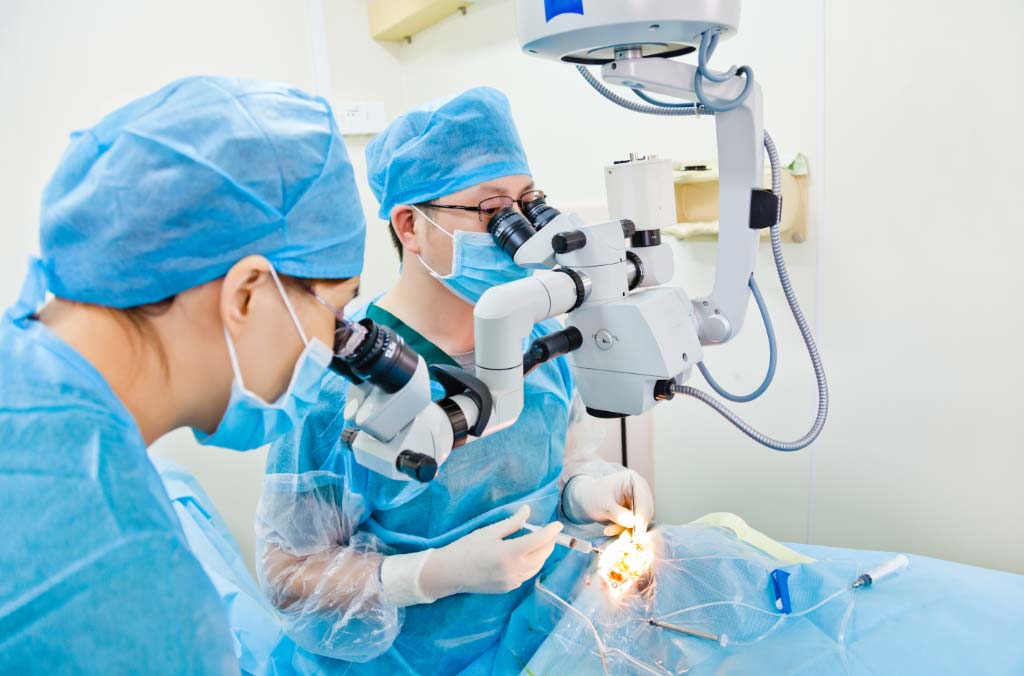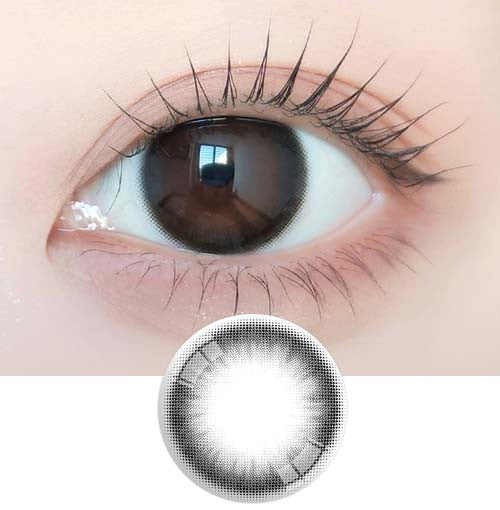Cataract Surgery: Procedure Overview and What You Should Know
•Posted on May 07 2025

Cataracts occur when the lens of the eye becomes clouded, leading to hazy or blurred vision and increased sensitivity to light. Though they begin forming as early as your 40s, they often go unnoticed until later in life—typically around age 60 or older—when visual disturbances become more noticeable.
The most effective way to treat cataracts is through surgery. Cataract removal is a common outpatient procedure recommended when vision changes begin to interfere with everyday tasks—such as reading, driving, navigating stairs, or recognizing faces.
In this article, we’ll guide you through how to get ready for cataract surgery, what the procedure involves, and what kind of recovery experience you can expect afterward.
Understanding the Cataract Removal Procedure
Cataract surgery is primarily done to improve eyesight that has been affected by the clouding of the eye’s natural lens. In some cases, the presence of a cataract can make it difficult for an ophthalmologist to perform a comprehensive eye exam, especially when trying to view the retina in detail. When this occurs, removing the cataract may be necessary not only to restore vision but also to allow proper diagnosis of eye disorders or eye diseases such as age-related macular degeneration (AMD) or diabetic retinopathy.
The procedure itself involves taking out the cloudy natural lens and inserting a clear, artificial one called an intraocular lens (IOL). This lens remains in the eye permanently, doesn’t require maintenance, and is not noticeable to the patient.
Cataract surgery is widely regarded as one of the most effective and safest procedures available in modern ophthalmology. It’s also one of the most commonly performed surgeries in the United States. In fact, a significant number of people age 80 or older have cataracts or have had cataract surgery, making it a routine solution for aging eyes.
Surgeons generally operate on one eye at a time. If both eyes need surgery, there’s typically a short wait—about one or two weeks—between procedures to allow for recovery.
How Long Does the Procedure Take?
Cataract removal is usually done on an outpatient basis, which means you can return home the same day.
The surgery itself typically takes just 10 to 20 minutes. However, when you factor in preparation before the procedure and short-term recovery afterward, the total time spent at the clinic or surgical center is often around two to three hours. This may vary depending on your doctor’s approach and facility.
How to Get Ready for Cataract Surgery
Before cataract surgery, your eye doctor will perform a comprehensive eye exam to assess your overall eye health. This includes taking precise measurements of your eye’s size and shape, often using ultrasound, to determine the best type of intraocular lens (IOL) for your needs.
In addition to treating the cataract itself, your doctor will likely talk with you about IOLs that also address refractive errors—including myopia (nearsightedness), hyperopia (farsightedness), astigmatism, and presbyopia. These lenses can help reduce your dependency on corrective eyewear after surgery.
Here are the main types of IOLs commonly used:
-
Fixed-focus monofocal: Similar to single vision glasses or contacts, this IOL offers one fixed focus, usually for distance. If you choose this lens, you may still need reading glasses for close-up tasks.
-
Accommodating-focus monofocal: This type provides one focus point but adjusts slightly based on eye muscle movement, helping you focus at different distances more naturally.
-
Multifocal: These lenses are crafted like bifocal or progressive glasses, offering multiple zones of focus to allow clear vision at near, intermediate, and far distances.
-
Toric: Specially designed to correct astigmatism, toric IOLs function similarly to toric contacts and are ideal for those with irregular corneal curvature.
Instructions Before the Cataract Procedure
Your eye care provider will give you clear pre-operative instructions a few days before surgery. This may include when to stop eating or drinking, and whether to pause any medications prior to the procedure.
If you wear contact lenses, you’ll likely be advised to stop wearing them for several days in advance. You may also be given antibiotic eye drops to start using a day or two before the surgery to lower the risk of infection.
Since your vision may be blurry after the procedure and you won’t be able to drive, be sure to arrange transportation ahead of time.
How the Cataract Removal Process Works
Most cataract operations are performed while the patient is awake, though the eye will be numbed with anesthetic drops so you won’t feel any discomfort. Your doctor may also give you medication to help you stay calm during the procedure. While you won’t be able to see exactly what’s happening, you might notice changes in light or general motion during surgery.
So, what happens during cataract surgery? Regardless of the method, the process always involves taking out the clouded lens and inserting a clear intraocular lens (IOL). The exact surgical technique, however, can vary. Below are three commonly used approaches.
Phacoemulsification (Small-Incision Cataract Surgery)
This is the most frequently used technique. A small probe is inserted through a tiny cut in the cornea. Using ultrasound waves, the probe breaks the cloudy lens into small fragments. These pieces are then gently removed using suction. Once the original lens is fully removed, the surgeon implants the new IOL. Typically, the incision is small enough to heal naturally without stitches.
Extracapsular Cataract Extraction (Manual Method)
In this version, the doctor creates a larger opening in the cornea and removes the entire lens in one piece using surgical tools. After placing the new IOL, the incision is closed with stitches.
Laser-Assisted Cataract Surgery
A computer-guided laser system is used to make highly precise incisions. A scanning device collects detailed measurements of the eye, which the computer uses to guide the laser. Afterward, the cataract is broken up with ultrasound and the pieces are removed with suction. Finally, the artificial lens is inserted.
Most incisions made by laser don’t require stitches, but this method tends to cost more and is not usually covered by standard insurance plans.
What to Expect After Cataract Surgery
Once the procedure is complete, your doctor may place a protective covering over your eye to keep it shielded as you rest. After resting for about 30 minutes, most patients are cleared to go home. Follow-up visits with your eye specialist are typically scheduled for the next day, then again one week and one month after the surgery to monitor your recovery.
At home, you’ll be given specific aftercare instructions, which may include:
- Applying medicated eye drops as directed
- Wearing glasses, an eye shield, or patch during the day to protect your eye
- Sleeping with a protective shield at night to prevent accidental rubbing
- Using sunglasses to protect from bright light exposure
During the healing period, your doctor may also recommend avoiding certain activities, including:
- Driving until your vision stabilizes
- Visiting dusty or dirty environments
- Touching, rubbing, or putting pressure on your eye
- Getting soap or water directly in the eye
- Engaging in intense physical activity or lifting heavy items
Healing After Cataract Surgery: What to Expect
Following cataract surgery, your doctor may place a protective cover over your treated eye to help it rest immediately after the procedure. After a short recovery period—usually about 30 minutes—you’ll be discharged to return home. Most patients are scheduled for follow-up appointments at one day, one week, and one month after surgery to monitor healing and vision improvement.
At home, your eye doctor may provide the following instructions to support recovery:
- Use the prescribed eye drops as directed
- Wear an eye shield, patch, or your regular glasses during the daytime
- Use a protective shield while sleeping
- Wear sunglasses when outside or in bright environments
You may also be advised to avoid certain activities temporarily:
- Driving until your vision clears and your doctor gives approval
- Visiting environments with excessive dust, dirt, or airborne particles
- Touching or rubbing your eye
- Getting water, soap, or shampoo in your eye
- Lifting heavy objects or performing intense physical activities
How Long Does It Take to Recover From Cataract Surgery?
It may take 1 to 2 months for your eyes to fully recover from cataract surgery and for you to see clearly. However, you may be able to do some work within a few days. After your eyes heal, you might need a new prescription for glasses or contact lenses.
Possible Cataract Side Effects and Risks After Cataract Removal
After your cataract surgery, you may find that your surroundings appear brighter and more vivid without the clouded lens in the way. However, not all post-op effects are positive—some side effects are common in the first few days and generally improve on their own. These may include:
- Temporary blurriness
- Sensitivity to bright lights
- A halo or glare around light sources
- Mild redness in the eyes
- Discomfort such as itching or stinging
In rare cases, more serious complications can occur. Contact your eye care provider immediately if you notice any of the following warning signs:
- Unusual discharge or fluid from the eye
- A sudden Increased eye floaters
- Flashes of light in your vision
- Persistent pain that isn’t relieved by regular pain medications
- Nausea, vomiting, or excessive coughing
- Worsening redness or swelling of the eyelids
- A sudden drop in vision clarity
What Are Secondary Cataracts?
Months or even years after a successful cataract procedure, you might experience symptoms that feel similar to the original condition—such as blurry vision. This could be caused by a condition called posterior capsular opacification (PCO), often referred to as a "secondary cataract."
PCO develops when the thin membrane (lens capsule) that holds the artificial lens becomes cloudy during the healing process. Although it may seem like the cataract has returned, this isn’t the case—cataracts don’t grow on artificial lenses.
Fortunately, this issue is easily resolved with a short laser procedure known as a posterior capsulotomy (or YAG laser treatment), which removes the cloudy section from the capsule and restores clear vision.
You're more likely to develop PCO if you had certain complications following cataract surgery or if you live with specific eye conditions, including:
- Diabetic eye disease (diabetic retinopathy)
- Uveitis (inflammation of the eye)
- High levels of nearsightedness (high myopia)
- Glaucoma
- Retinitis pigmentosa




